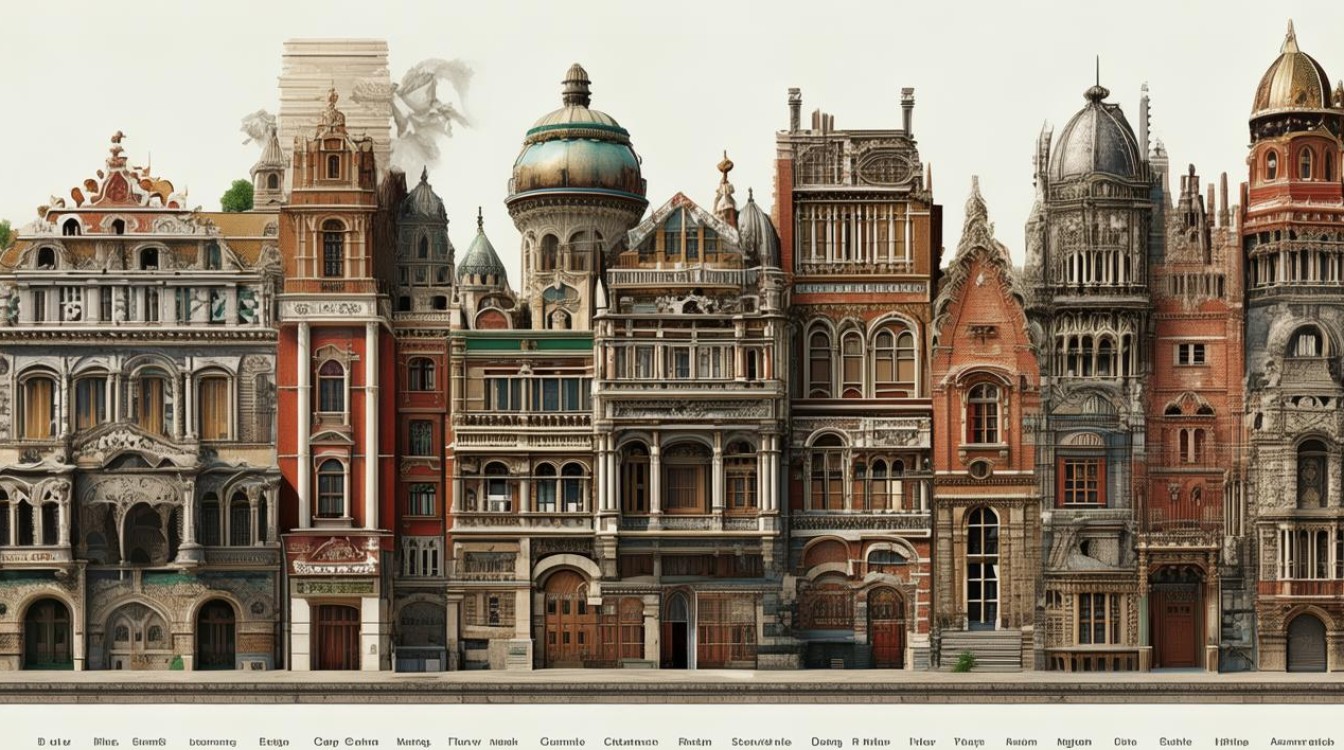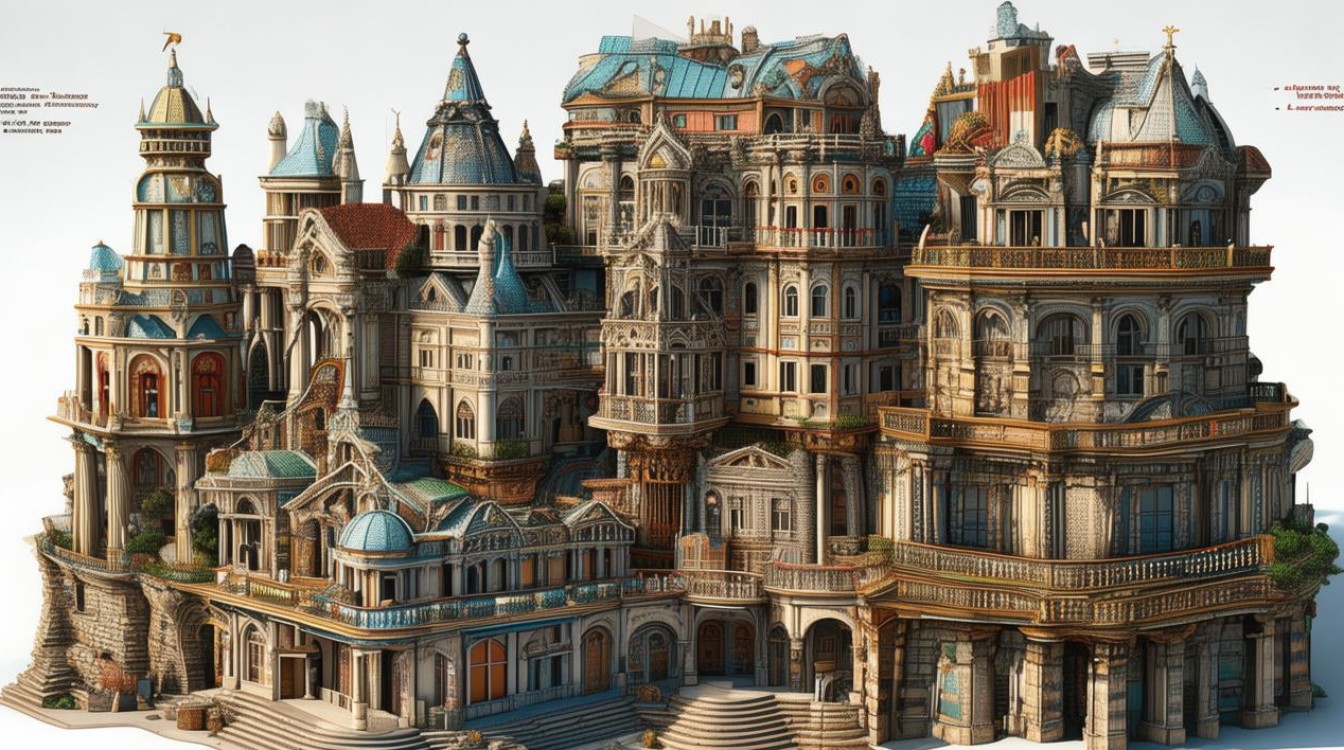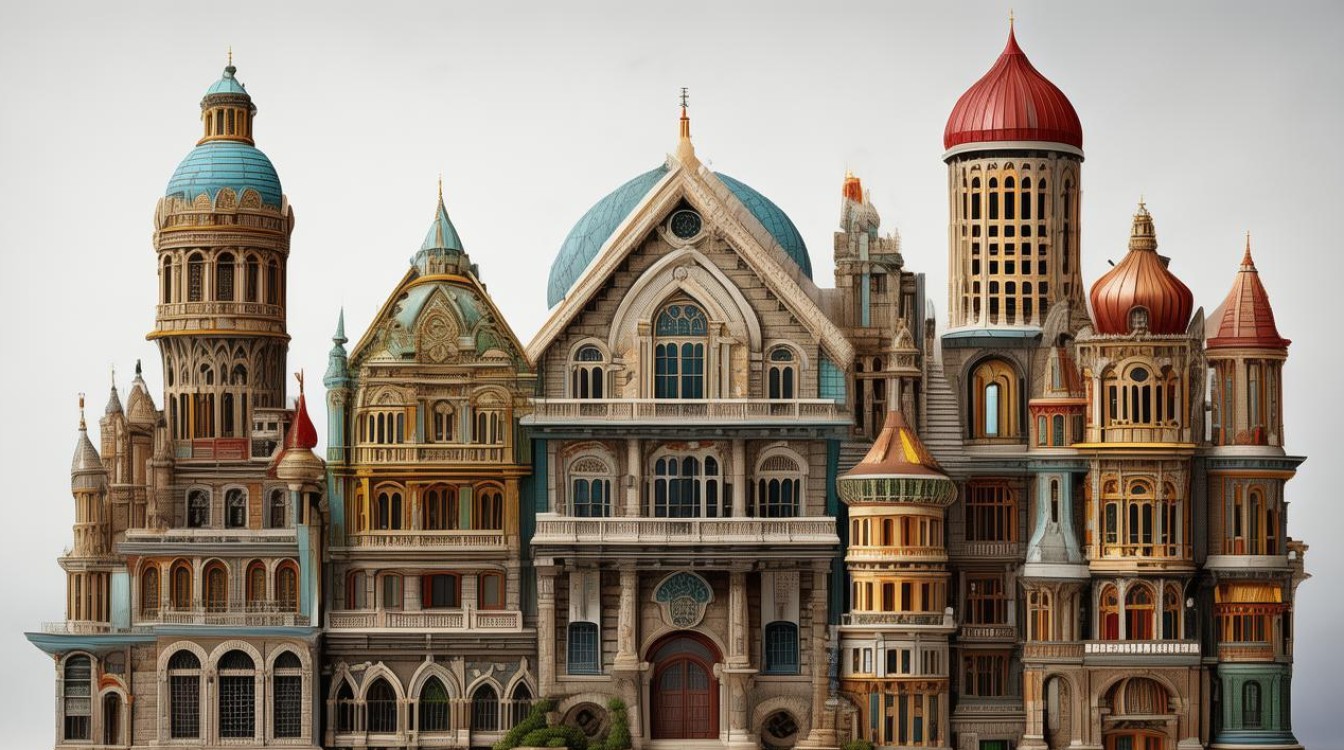Architecture is more than just buildings; it reflects history, culture, and human ingenuity. From ancient temples to modern skyscrapers, each style tells a story. Understanding architectural styles helps us appreciate the world around us. This essay explores key architectural movements, their characteristics, and their lasting influence.

Classical Architecture: The Foundation of Western Design
Classical architecture, rooted in ancient Greece and Rome, emphasizes symmetry, proportion, and harmony. The Greeks introduced three major orders: Doric, Ionic, and Corinthian. Doric columns are sturdy and simple, while Ionic columns feature scroll-like volutes. Corinthian columns, the most ornate, have intricate leaf designs.
The Romans expanded Greek ideas, perfecting arches, domes, and concrete. The Pantheon in Rome, with its massive dome, remains a marvel of engineering. Classical principles heavily influenced later styles, including Neoclassical architecture in the 18th and 19th centuries.
Gothic Architecture: Reaching for the Heavens
Emerging in medieval Europe, Gothic architecture is known for its verticality and light-filled interiors. Key features include pointed arches, ribbed vaults, and flying buttresses, which allowed taller structures. Stained glass windows, like those in Notre-Dame de Paris, created ethereal light effects.
Gothic cathedrals symbolized spiritual aspiration. The style declined during the Renaissance but saw revivals in the 19th century, inspiring structures like London’s Houses of Parliament.
Renaissance Architecture: A Return to Antiquity
The Renaissance (14th–17th centuries) revived classical ideals while introducing new techniques. Architects like Filippo Brunelleschi studied Roman ruins, leading to innovations such as linear perspective. The dome of Florence Cathedral showcases Renaissance engineering brilliance.

Symmetry and geometry defined Renaissance buildings. Andrea Palladio’s villas, with their balanced proportions, influenced later architects, including Thomas Jefferson in designing Monticello.
Baroque and Rococo: Drama and Ornamentation
Baroque architecture (17th–18th centuries) embraced grandeur and emotion. Dynamic forms, bold contrasts, and elaborate decorations characterized this style. Gian Lorenzo Bernini’s colonnade in St. Peter’s Square exemplifies Baroque theatricality.
Rococo, a lighter offshoot, favored delicate curves and pastel colors. The Palace of Versailles’ Hall of Mirrors blends Baroque majesty with Rococo elegance.
Neoclassical and Beaux-Arts: Reviving Grandeur
In the 18th and 19th centuries, Neoclassicism returned to Greco-Roman principles. Buildings like the U.S. Capitol reflect this movement’s emphasis on order and democracy.
Beaux-Arts, a French academic style, combined classical elements with lavish ornamentation. Grand Central Terminal in New York embodies this approach, blending functionality with artistic flair.

Modernism: Function Over Form
The 20th century brought radical changes. Modernist architects like Le Corbusier and Ludwig Mies van der Rohe rejected ornamentation, favoring clean lines and industrial materials. The Bauhaus school promoted the idea that form should follow function.
Iconic modernist structures include the glass-and-steel Seagram Building and Frank Lloyd Wright’s organic Fallingwater. These designs prioritized efficiency and simplicity, shaping contemporary urban landscapes.
Postmodernism and Contemporary Trends
Postmodernism (late 20th century) challenged modernism’s rigidity, reintroducing color, whimsy, and historical references. Michael Graves’ Portland Building and Philip Johnson’s AT&T Building exemplify this playful rebellion.
Today, sustainability drives architectural innovation. Green buildings, like Singapore’s Gardens by the Bay, integrate nature with technology. Parametric design, using algorithms to create fluid forms, is reshaping skylines worldwide.
The Cultural Impact of Architectural Styles
Architecture shapes how we live and interact. Classical buildings convey stability, while Gothic structures evoke spirituality. Modernist skyscrapers symbolize progress, and postmodern designs celebrate diversity.

Preserving historic styles ensures cultural continuity, yet embracing new techniques allows cities to evolve. The best architecture balances tradition with innovation, creating spaces that inspire and endure.
Architecture is a living art, constantly adapting to human needs. By studying its evolution, we gain insight into our past and vision for the future. Whether standing before an ancient temple or a futuristic tower, we witness the creativity that defines civilization.


